Jacques-Louis David (1748-1825)
We Perform The Classical styling of painter Jacques-Louis David is almost as dramatic as the artists’ life itself. A masterful painter, a troubled young man and a Revolutionary activist, David led a life less ordinary than most painters of his time.
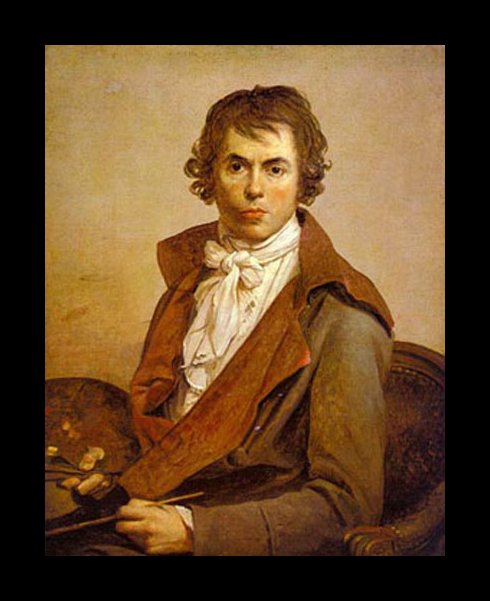
Born to a wealthy Parisian family, David lost his father at the age of nine, and was sent by his mother to live with his uncles. Even though he was given the best education possible, David did not succeed in school and rarely talked due to a speech impediment brought on by a tumor. As a child, he kept to himself and took solace in his drawing. David’s family hoped that he would be a soldier, but he was intent on becoming a painter and was sent to work with Francois Boucher. At this time, Boucher was not only one of the leading French painters, but was also a distant family relative. However, Boucher did not take David under his wing, but instead sent him to work with Joseph-Marie Vien, where he would study at what now is the Louvre.
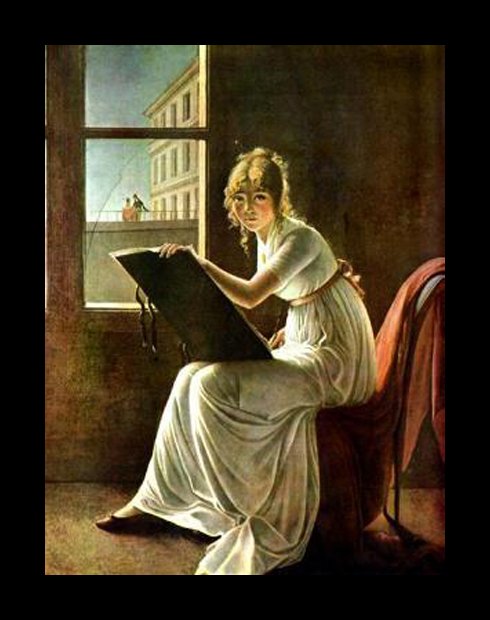
As a student, David set his sights on the Prix de Rome scholarship, and suffered a number of failed attempts at winning. He eventually did win (after going on a hunger strike in protest) and in 1775 he traveled to Italy to attend the Academy in Rome. Here he studied ancient architecture and created a number of sketches while also studying the work of the great masters.
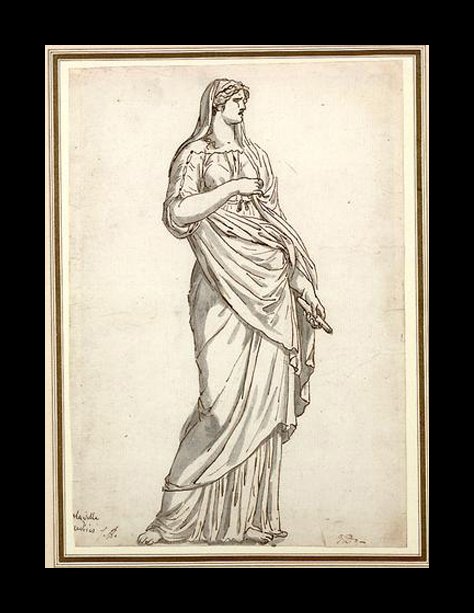
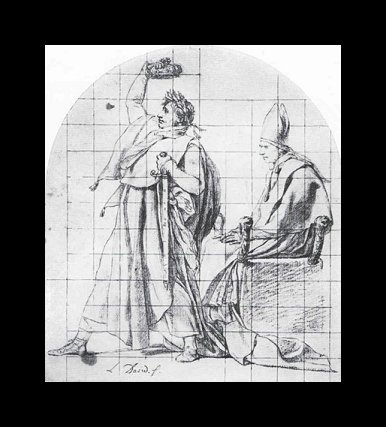
After 5 years in Rome, David returned to Paris where he became a member of the Royal Academy. Although he was receiving praise from his contemporaries, fellow students and members of the Royal Academy were hostile towards the young artist.
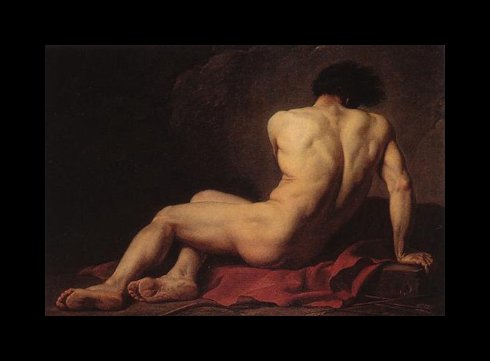
During this time, David would also teach and be commissioned by the government to paint historical scenes, which would often take him back to Rome to paint. By the 1780’s, David was the official painter the King Louis XVI, and his popularity began to rise.
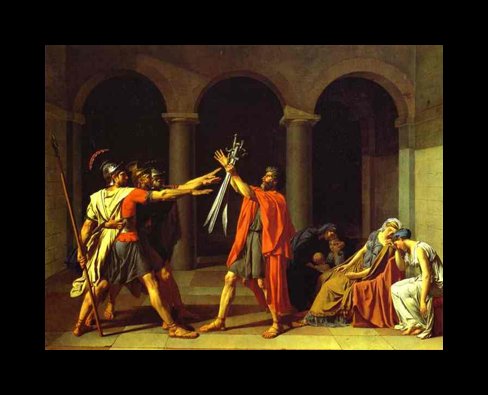

The artist was very involved in the Revolution of 1789, and would often paint works considered to be propaganda for the new Republic. In one instance, David displayed his painting “Brutus” at friend Voltaire’s play entitled “Brutus” which was given great applause.
David was also friends with the radical physician Jean-Paul Marat, who was murdered in his bathtub. David made sure that his death would not be forgotten by creating perhaps his most famous painting, “The Death of Marat.”
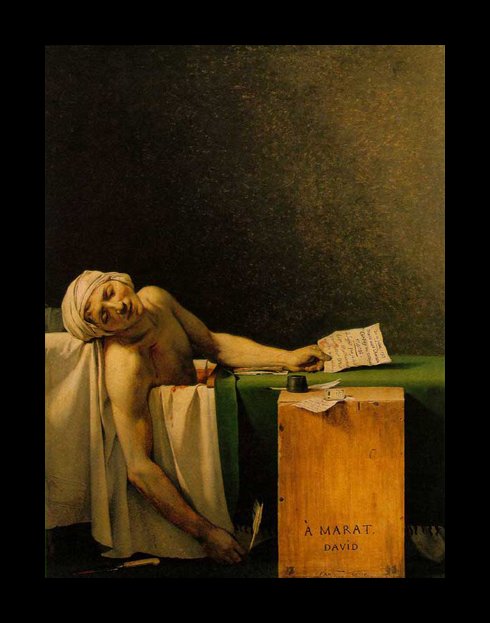
The death of Marie Antoinette by guillotine was also captured by David in a now famous sketch. It is said that his propaganda art brought the people of the new Republic together after the fall of the monarchy. He was eventually arrested and imprisoned for his radical actions and rioting, and was only saved from the guillotine because of illness.

While in jail, David attracted the attention of Napoleon, whom he also became friends with and sketched. Napoleon and David truly admired one another, and David would also paint one of the most famous paintings of Napoleon on horseback charging towards a battle.
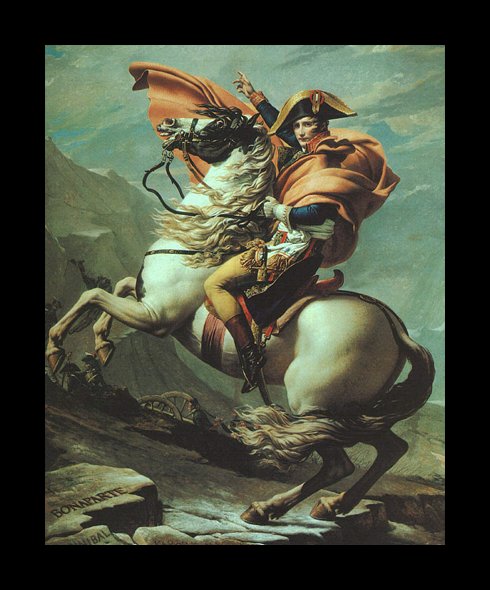
David was eventually released due to his wife’s influence. By the late 1700s, David had retired from his political life, but this did not keep him out of trouble. David had forever blacklisted himself because he had voted for the execution of Louis XVI. Even though he was offered a position as court painter for Louis XVIII, he declined and was sent in exile to Brussels. There, he lived quietly the rest of his life, teaching students and painting right up until his death.
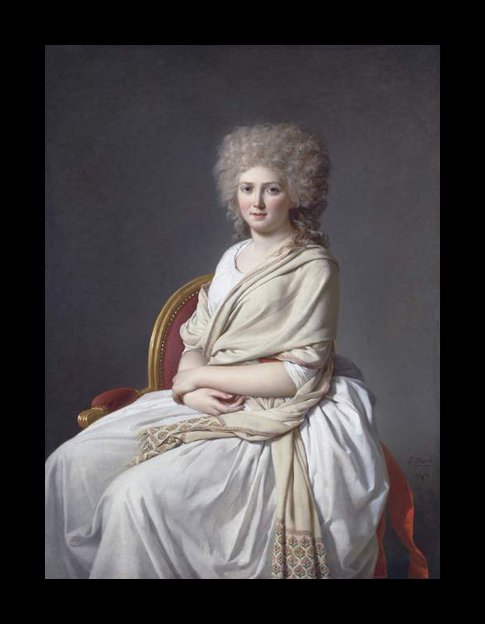

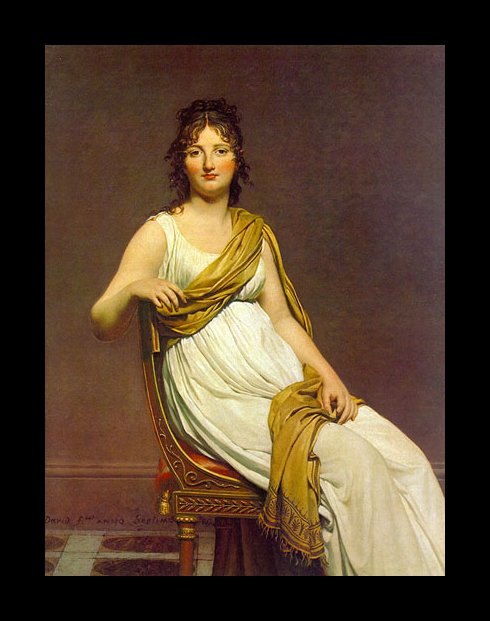
Much like his dramatic life, his death was dramatic as well. David was hit by a carriage on the way home from the theater and died of heart trauma. His body not allowed to be buried in France, but his heart was buried at the Pere Lachaise cemetery in Paris.
Today, David’s work is housed literally worldwide and serves as a reminder of the tumultuous Revolutionary period in France. He not only painted mythology and historical documentation of ancient Rome, but current events in France during his time. David’s work is not only an example of French Classicism at its’ finest, but it also serves as true accounts of a history long past.
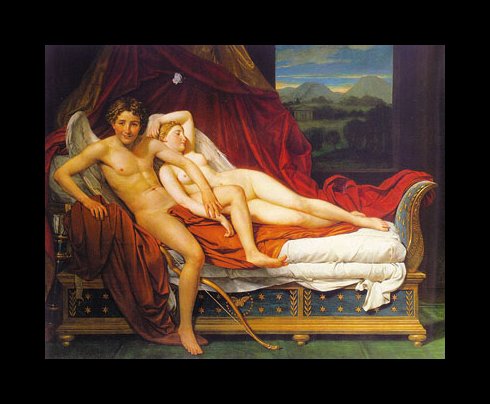
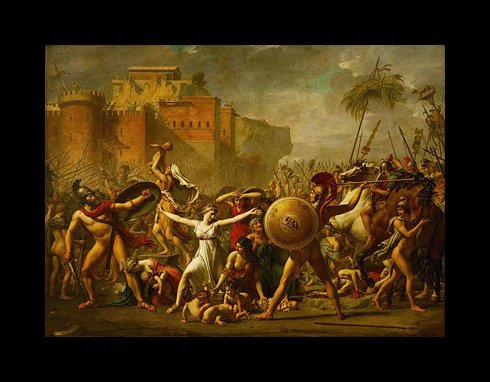
While most of his existing works are housed in museums and private collections, David created an astounding amount of sketches and portraits during his career. It is highly likely that someone could come across one of these, which would be a great historical and artistic find.
Reviews
1,217 global ratings
5 Star
4 Star
3 Star
2 Star
1 Star
Your evaluation is very important to us. Thank you.
